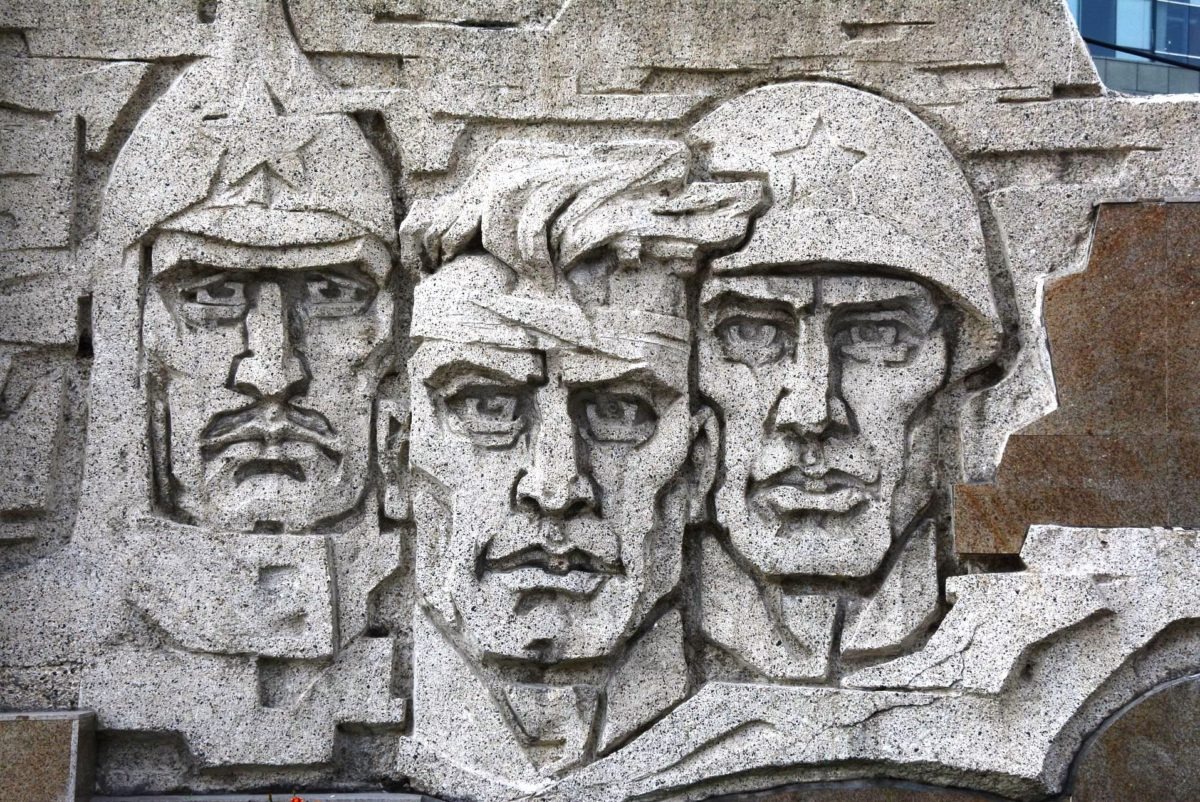Zaisan Memorial is a significant location in Mongolia with a rich history and cultural significance. The hill is located near Bogd Khan Mountain and was once a place of rest and relaxation for pilgrims who came to pay homage to Bogd Khan. The mouth of the mountain, known as Ar Zaisan, and the other side, called Uvur Zaisan, were used by the elders of the tribe, known as Zaisans, as a campsite and place of worship. At the mouth of Zaisan, there was a temple of the red stream called “Narkhajod Dugan” where 20-30 monks, men and women, would gather with Bogd Khan and Queen Dondogdulam on the 25th of the winter lunar month to give generously.
One legend about Zaisan Memorial tells the story of a quarrel between Mount Chingeltei and Mount Bogd Khan. Bogd Khan Mountain, enraged by Chingeltei’s claim to be bigger and higher, cut off his head and placed it in front of him, commanding that Chingeltei always bow down in front of him. Another legend tells of a hole in the valley in front of the Tuul River where evil spirits lived, causing drought and strong winds that damaged the people. The organists gathered and decided to cover the hole, taking the top of Chingeltei Mountain, which was a bit higher than the others, to cover it. This stopped the calamities that plagued the people and made Chingeltei Mountain flatter on top.
Memorial Statue of Soviet Soldiers
On top of Zaisan Hill, there is a memorial complex built for Soviet soldiers. The complex was built by sculptors A. Khishigt and T. Mishig and stands at 498 meters with a 300-meter-long staircase of over 600 steps leading to the statue of the Soviet soldier at the top. Next to the statue is a 60-meter round reinforced concrete wall with a 3-meter diameter eternal fire or “pillar” in the center, symbolizing eternal remembrance of the warriors who died in the Khalkh river war and World War II. The circular wall’s outside features Mongolian Soviet medals of merit engraved with national motifs, while the inside has a picture of the friendship between the peoples of the two countries made of glass inlay. The statue of the soldier stands 26.4 meters high, holding a weapon in one hand and a victory flag in the other, offering a panoramic view of Ulaanbaatar. The wall of the lower part of the complex has the words “Here the memory of the Soviet soldiers is immortalized with the sun in the sky, and the fire is on the ground” engraved on it, and a statue of a tank that reached Berlin during the Patriotic War is placed in the skirt of the head. The “Revolutionary Mongolia” tank convoy was built and presented to the Soviet Army using funds donated by the Mongolian people in 1943. This tank was awarded nine medals by the Republic of Moldova and the Soviet Union for its merits and is placed on a reinforced concrete base facing west, with the route it traveled carved on the east wall of the base and medals of merit embossed on the west wall.






